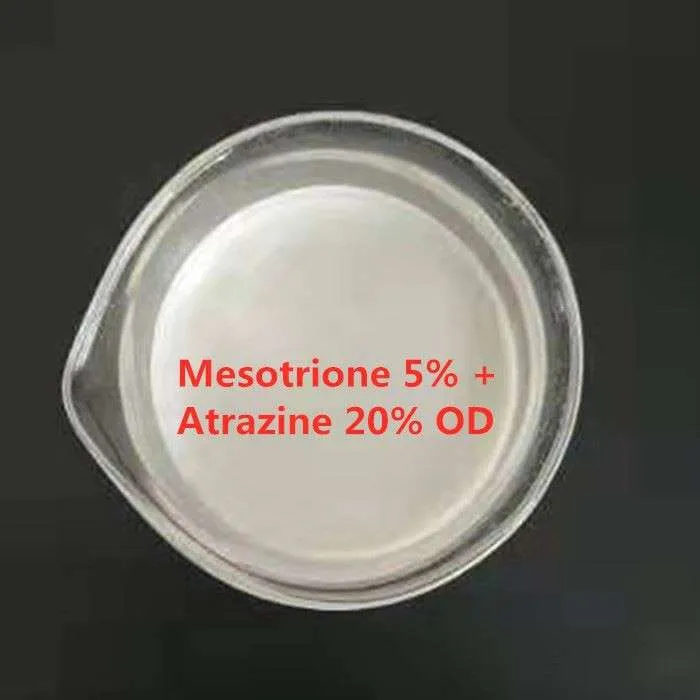


Thiamethoxam Effects on Pesticide Resistance and Environmental Impact Analysis
Thiamethoxam A Comprehensive Overview of Its Use as a Pesticide
Thiamethoxam is a systemic insecticide belonging to the neonicotinoid class, widely recognized for its effectiveness in controlling a range of pests that affect various crops. Since its introduction in the early 2000s, thiamethoxam has garnered attention from agricultural professionals and researchers alike due to its unique mode of action and its potential impact on pest management strategies.
Chemical Profile and Application
Thiamethoxam is a synthetic compound that works by targeting the nicotinic acetylcholine receptors in insects, disrupting their nervous system functions. It is particularly effective against sap-sucking insects such as aphids, whiteflies, and leafhoppers, as well as certain species of beetles and caterpillars. Due to its systemic properties, thiamethoxam is absorbed by plants and transported throughout their tissues, providing protection not just on the leaves but also in the roots and stems.
This insecticide can be applied through various methods, including foliar sprays, seed treatments, and soil applications. The choice of application method often depends on the specific crop being treated and the type of pest encountered. For instance, seed treatments are particularly popular as they provide early protection during the critical stages of plant development, promoting healthy growth and enhancing crop yields.
Benefits and Effectiveness
One of the primary advantages of thiamethoxam is its long residual activity, which allows for extended protection against insect infestations. This characteristic is particularly beneficial in regions where pest populations can rebound quickly. Farmers using thiamethoxam often report improved crop quality and yield, making it a valuable component of integrated pest management (IPM) programs.
Additionally, thiamethoxam has a relatively low toxicity to mammals, birds, and beneficial insects when used according to recommended practices. This makes it a preferable option for growers looking to minimize environmental impact while effectively managing pest populations.
pesticide thiamethoxam

Controversies and Environmental Concerns
Despite its effectiveness, thiamethoxam and other neonicotinoids have faced scrutiny and controversy in recent years. There have been numerous studies linking neonicotinoids to adverse effects on pollinators, particularly honeybees and other beneficial insects. Concerns revolve around the potential for sublethal exposure, which can impair foraging behavior, navigation, and reproductive success in these critical species.
As a result, several countries and regions have implemented restrictions or outright bans on the use of thiamethoxam and similar pesticides. In the European Union, for instance, regulations have been tightened to limit the use of neonicotinoids in agriculture. These measures reflect the growing urgency to balance agricultural productivity with the conservation of non-target species and biodiversity.
Future Perspectives
The future of thiamethoxam in agriculture is likely to hinge on ongoing research and regulatory developments. Scientists are actively studying its environmental impact, exploring potential alternatives that offer similar pest control benefits without compromising pollinator health. Additionally, there is a continuous push towards developing more sustainable farming practices that integrate biological control and habitat management to reduce reliance on synthetic pesticides.
Innovations in precision agriculture and targeted delivery systems may also play a crucial role in the responsible use of thiamethoxam. By employing more refined application techniques, farmers can minimize the pesticide's impact on non-target organisms while maximizing its efficacy against pests.
Conclusion
Thiamethoxam remains a significant tool in the toolbox of modern agriculture, with its ability to enhance crop protection and improve yields. However, the challenges posed by environmental concerns necessitate a careful and informed approach to its use. As we move towards a more sustainable agricultural future, striking a balance between effective pest management and ecological stewardship will be essential for the longevity and health of our agricultural systems. Ongoing research and dialogue among stakeholders will be vital in navigating these complexities and ensuring the best outcomes for both farmers and the environment.
-
Uncover the Benefits of Sodium ChlorateNewsJun.24,2025
-
Sodium for Sale: Your Essential ResourceNewsJun.24,2025
-
Raw Materials in Chemical IndustryNewsJun.24,2025
-
Potassium Hydroxide: Versatile Solutions for Your NeedsNewsJun.24,2025
-
Organic Pesticides and Chemical Raw Materials: Building a Sustainable FutureNewsJun.24,2025
-
Discover Premium Chlorine Tablets TodayNewsJun.24,2025
-
Zinc for Sale: Your Essential ResourceNewsJun.04,2025


















